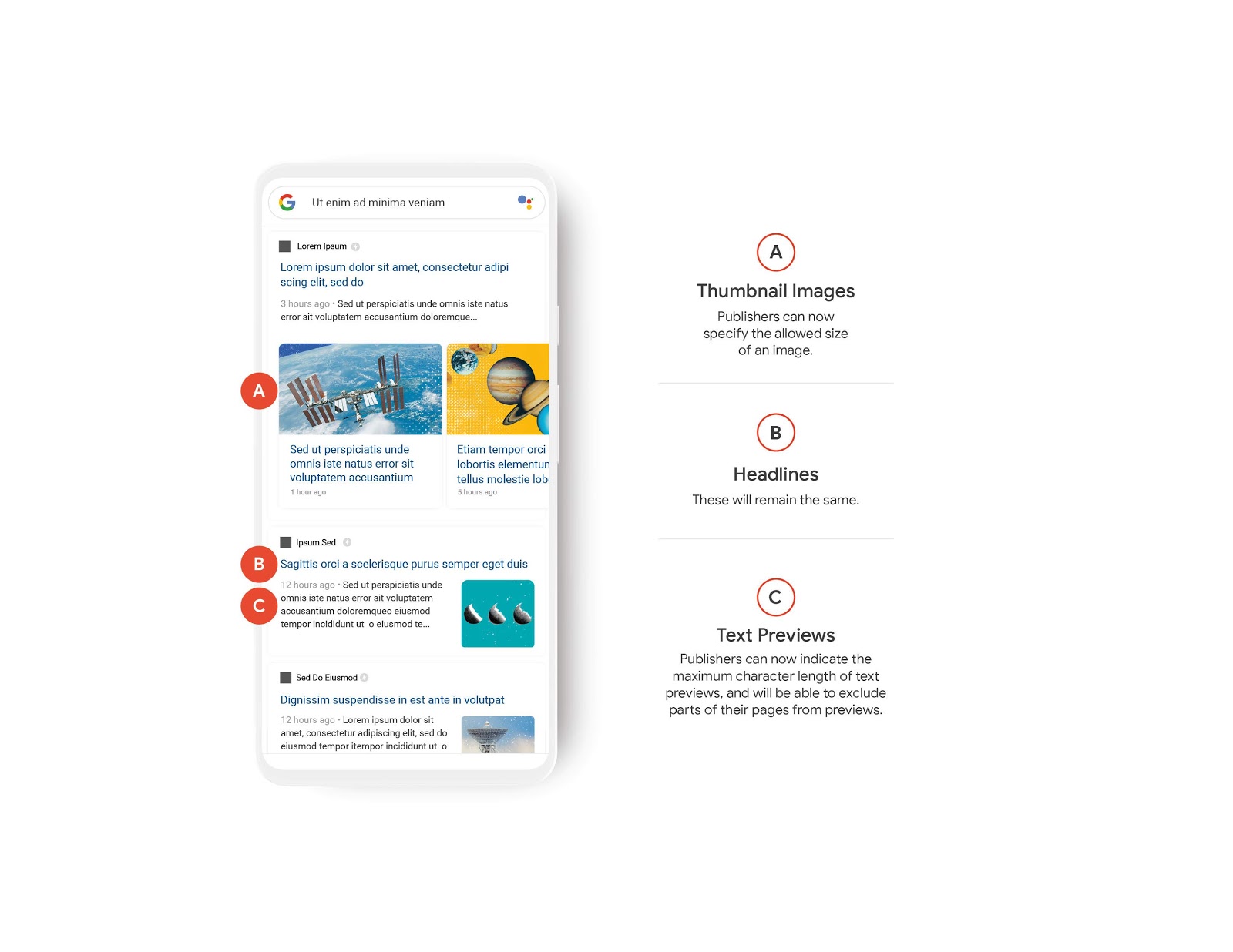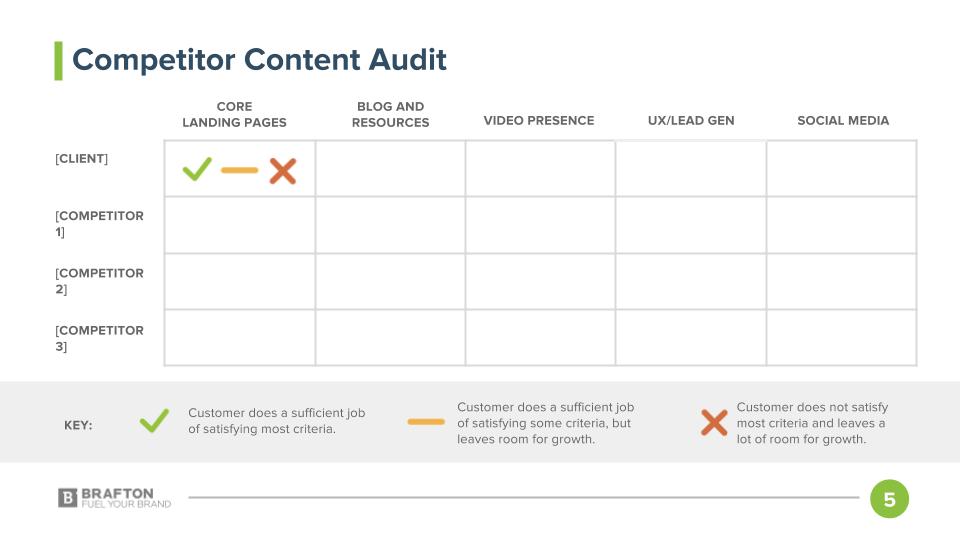It’s that time of year to dust off the spooky decorations and cue up your favorite horror movies. The month of October may be dedicated to things that go bump in the night, but nothing’s scarier than running a marketing strategy that’s outdated and ineffective.
Thankfully, the Content Marketing Weekly’s here to keep you updated with all the latest industry trends and developments, so you never have to worry about falling behind the curve. This week, we’re covering the fallout from Google’s September update, featured snippet news and competitor analysis advice.
September 2019 Google Update – Winners and Losers
Every new update to Google’s search algorithms lands with the impact of an atomic bomb, causing shockwaves throughout the digital marketing universe. The company’s September 2019 update was no exception, with early reports suggesting that linking practices were a major target of the new changes.
According to Search Engine Journal contributor Roger Montti, businesses and organizations hit hardest by the update were those that either lacked a robust linking strategy or relied on spammy tactics. Montti cited the recent collapse of a link-based spam network as evidence of a potential casualty from this update. The network used 301 redirects to bring users to websites with completely different URLs from the ones they entered into their browser’s address bar.
There have also been other reports of sites using the same tactics see their search ranking drop significantly in the aftermath of the September update.
If those assertions are true, this would be the latest in a string of recent changes Google has made to the way it weighs link-building practices. Earlier in September, the company announced it would no longer ignore nofollow links and would instead consider them on a case-by-case basis.

We’ve beaten the drum on using proper link-building strategies to boost brand visibility for a while, and it appears that Google is taking steps to make that connection more direct.
Google Won’t Pay French Publishers Copyright Fees, Will Limit Content in Search Results Instead
Google’s ongoing changes to search engine results pages have generated controversy in certain corners of the world. Digital marketers no doubt have been at least a little concerned about the increasingly shrinking SERP real estate to work with as Google adds new features that draw users away from third-party search results.
Publishers, meanwhile, have chafed at the idea of Google using its content in SERP features like answer boxes, featured snippets and knowledge cards. Not only is Google attempting to answer search queries before users have a chance to click on a search result, but it’s using other companies’ content to do so.

In response to these practices, the French government put new rules in place requiring search engine companies like Google to pay licensing fees to publishers in return for using their content in SERPs.
After months of speculation about how Google would respond, we finally have our answer:
They’re not going to pay up.
The company plans to skirt around licensing requirements by shortening featured snippets and excerpts in French search results and including links to their sources.
Google also intends to roll out webmaster guidelines that French websites can use to set their own preferences for how much content they are willing to share on Google SERPs.

As the battle for SERP space rages on between Google and third-party organizations, keep an eye on this page for new developments.
In the meantime, head on over to Search Engine Land to read the full story.
Competitor Content Analysis: Here’s What You Can Learn
Some content marketing tactics are older than the internet itself. Case in point: competitor analysis. One of the best ways to thrive in the digital marketplace is to identify the competition’s weaknesses and exploit them to your advantage.
Of course, you can learn just as much from their strengths. What high-intent search phrases are they ranking ahead of you on, for instance? As Search Engine Land contributor Andrew Dennis recently explained, running routine competitor analysis is essential if you want to find the biggest gaps in your content strategy.
Competitor analysis goes beyond keywords and search phrases: You should do a thorough review of the competition’s top landing pages and figure out where your own content comes up short.

It could be the depth of the material or the sheer scope of topics discussed that’s giving your biggest competitors a content edge.
Layout is another big consideration, especially when you’re trying to create an exhaustive piece of content that comprehensively addresses a specific search query. It’s very easy to resort to giant walls of text when word count starts to creep up into the thousands, which isn’t all that great for readability or engagement. They may also have CTAs and backlinks to keep users on the site and interacting with new content.
If you’re not doing it already, running a competitor analysis on a regular basis will help you close the gap in areas where you’re underperforming and capitalize on opportunities that the competition has overlooked.
Check out the full story to find out more.
That about wraps things up on this edition of the Content Marketing Weekly, but stay tuned for next week’s installment featuring the latest and greatest industry updates.





